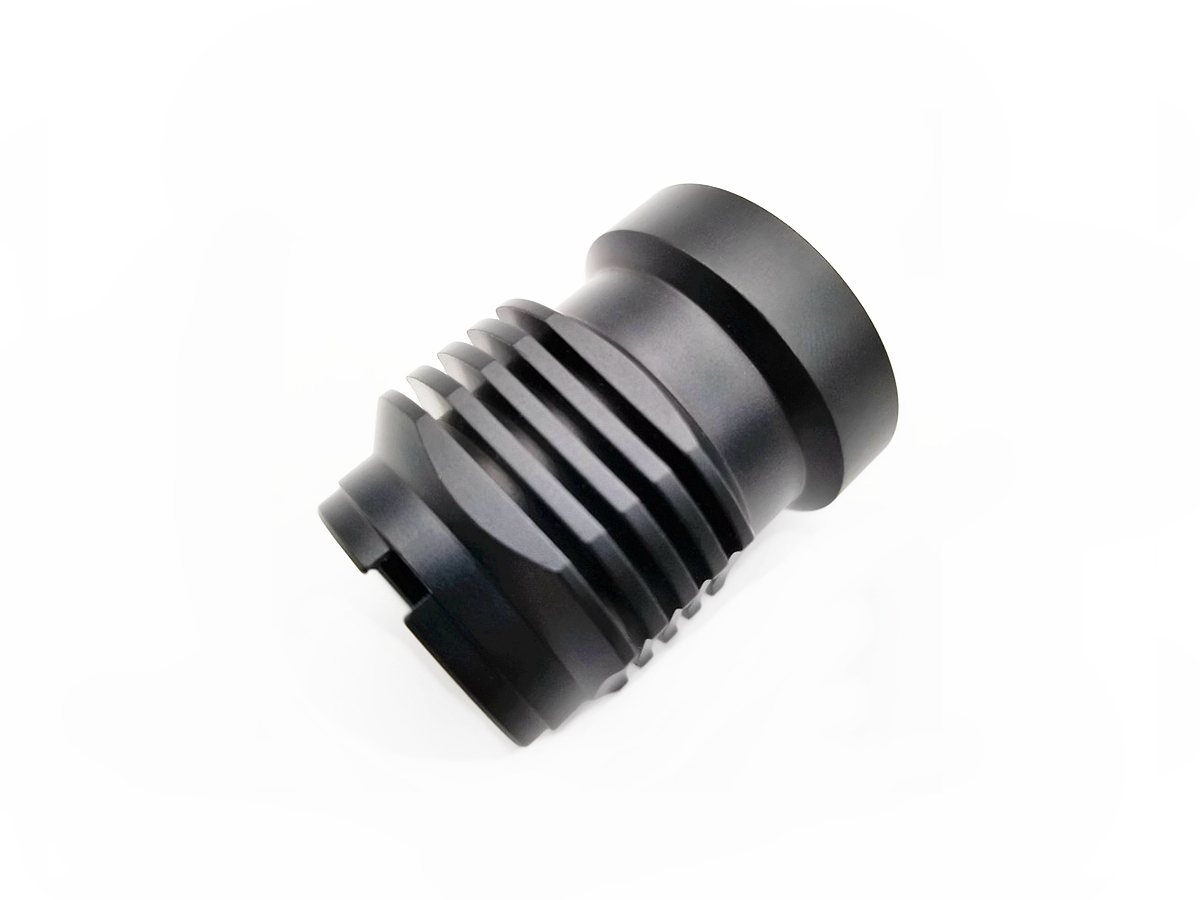Durable CNC Machining for Robotics Components with Exacting Tolerances
Introduction to CNC Machined Robotics Components
Industries such as robotics, automation, and industrial equipment rely heavily on precision-machined components to achieve reliability and performance under challenging operational conditions. Robotic systems require durable parts that meet stringent tolerance requirements to ensure repeatability, minimal downtime, and optimal functionality. Materials frequently selected for these purposes include aluminum alloys (6061-T6, 7075-T6), stainless steels (SUS304, SUS316), titanium alloys (Ti-6Al-4V), and high-performance plastics (PEEK, Acetal).
Advanced CNC machining services allow for the precise fabrication of robotics components, meeting exacting tolerances, ensuring tight fits, minimal friction, and maximum durability across demanding operational scenarios.
Material Performance Comparison for Robotics Components
Material | Tensile Strength (MPa) | Density (g/cm³) | Corrosion Resistance | Typical Applications | Advantage |
|---|---|---|---|---|---|
310 | 2.7 | Excellent | Lightweight robotic frames, mounts | Good strength, lightweight | |
540-570 | 2.8 | Good | Precision structural components, brackets | High strength-to-weight ratio | |
515-620 | 8.0 | Excellent | Robotic actuators, medical robotics | Corrosion resistance, durability | |
950-1100 | 4.43 | Excellent | High-load linkages, robotic arms | Exceptional strength, lightweight |
Material Selection Strategy for CNC Machined Robotics Components
Choosing appropriate materials for robotics components requires balancing mechanical strength, weight, corrosion resistance, and durability under repeated operation:
Aluminum 6061-T6 is ideal for lightweight robotic frames, mounts, and housings due to its balanced strength (310 MPa), ease of machining, and excellent corrosion resistance.
Aluminum 7075-T6 provides superior mechanical strength (570 MPa) and rigidity, making it suitable for precision structural brackets and components where higher load capacities are critical.
Stainless Steel SUS316 is optimal for robotic actuators or components in sterile or corrosive environments, offering excellent corrosion resistance (ASTM B117 >1000 hrs) and mechanical reliability.
Titanium Ti-6Al-4V, with its high strength (up to 1100 MPa), fatigue resistance, and lightweight, excels in high-load robotic arm components and critical structural elements requiring long-term reliability.
CNC Machining Processes for High-Precision Robotics Components
CNC Machining Process | Dimensional Accuracy (mm) | Surface Roughness (Ra μm) | Typical Applications | Key Advantages |
|---|---|---|---|---|
±0.005-0.01 | 0.2-0.8 | Complex robotic joints, structural parts | High accuracy, excellent surface finish | |
±0.005-0.01 | 0.4-1.2 | Shafts, pivots, rotational components | Exceptional rotational accuracy | |
±0.005-0.02 | 0.4-1.0 | Complex structural assemblies, linkages | Advanced complexity, high precision | |
±0.002-0.005 | 0.1-0.4 | High-precision components, gear surfaces | Ultra-precise dimensions, superior finishes |
CNC Process Selection Strategy for Robotic Components
Selecting suitable CNC machining processes is crucial to achieving exact tolerances and reliable function in robotics applications:
Complex robotic joints and structural parts requiring tight dimensional tolerances (±0.005 mm) and superior surface finishes (Ra ≤0.8 µm) benefit from 5 Axis CNC Milling.
Precision rotational components, including shafts, pivots, and bearings requiring rotational accuracy (±0.005 mm), utilize Precision CNC Turning for consistent, repeatable performance.
Intricate structural assemblies and linkage components with challenging geometries are best fabricated through Precision Multi-Axis Machining, achieving tolerances as tight as ±0.005–0.02 mm.
Critical robotic components such as precision gears, cams, and mating surfaces demanding ultra-tight tolerances (±0.002–0.005 mm) and excellent surface smoothness (Ra ≤0.4 µm) depend on CNC Grinding.
Surface Treatment Performance Comparison for Robotics Components
Treatment Method | Surface Roughness (Ra μm) | Wear Resistance | Corrosion Resistance | Surface Hardness | Typical Applications | Key Features |
|---|---|---|---|---|---|---|
0.4-1.0 | Excellent | Excellent (ASTM B117 >1000 hrs) | HV 400-600 | Aluminum robotic frames | Durable protection, wear-resistant | |
0.8-1.6 | Moderate | Excellent (ASTM B117 >1000 hrs) | Unchanged | Stainless steel components | Corrosion-resistant, hygienic | |
0.2-0.5 | Exceptional | Excellent (ASTM B117 >1000 hrs) | HV 1500-2500 | High-wear joints, bearings | Low friction, high hardness | |
0.2-0.8 | Good | Excellent (ASTM B117 >500 hrs) | Unchanged | Medical robotics, precision surfaces | Enhanced smoothness, corrosion resistance |
Surface Treatment Selection for Durable Robotics Components
Selecting suitable surface treatments ensures increased longevity, reliability, and reduced maintenance:
Aluminum components benefit significantly from Hard Anodizing, increasing surface hardness (HV 400-600), durability, and corrosion resistance (>1000 hrs ASTM B117).
Stainless steel robotic components deployed in hygienic or corrosive environments use Passivation, offering superior corrosion resistance (ASTM B117 >1000 hrs) without dimensional impact.
Critical high-wear joints and bearing surfaces benefit from PVD Coating, providing excellent wear resistance, minimal friction, and hardness up to HV 2500.
Electropolishing is optimal for medical and precision robotics components, significantly enhancing surface smoothness (Ra ≤0.8 µm) and improving corrosion resistance.
Typical Prototyping Methods for Robotics Components
CNC Machining Prototyping: Ideal for testing robotics components' precise fit, functionality, and mechanical integrity.
Metal 3D Printing (Powder Bed Fusion): Rapid prototyping for validating designs and functionality.
Quality Assurance Procedures
Precision Dimensional Inspection (CMM): Verification within ±0.005 mm.
Surface Roughness Measurement (Profilometer): Confirming specified finishes.
Mechanical and Fatigue Testing: Ensuring material strength (ASTM E8), fatigue resistance (ASTM E466).
Non-destructive Testing (Ultrasonic, Radiographic): Integrity validation.
ISO 9001 Documentation: Traceable quality records.
Industry Applications
Precision robotic arms and joints.
Industrial automation systems.
Medical and healthcare robotics.
Related FAQs:
Why choose CNC machining for robotics components with exacting tolerances?
What materials ensure durability in robotic applications?
How do surface treatments enhance robotics component reliability?
Which quality standards apply to CNC machined robotic components?
Which industries benefit most from precision-machined robotic parts?

